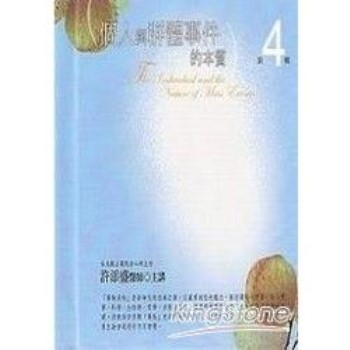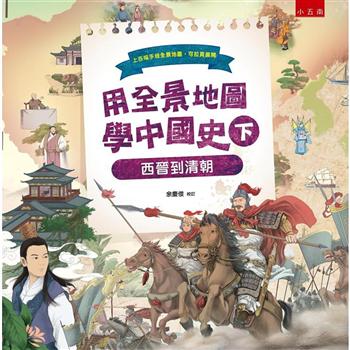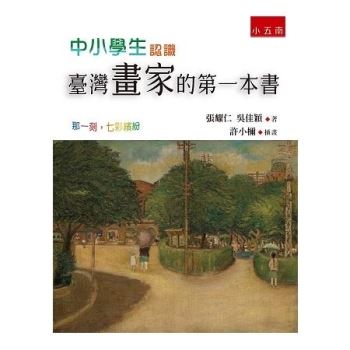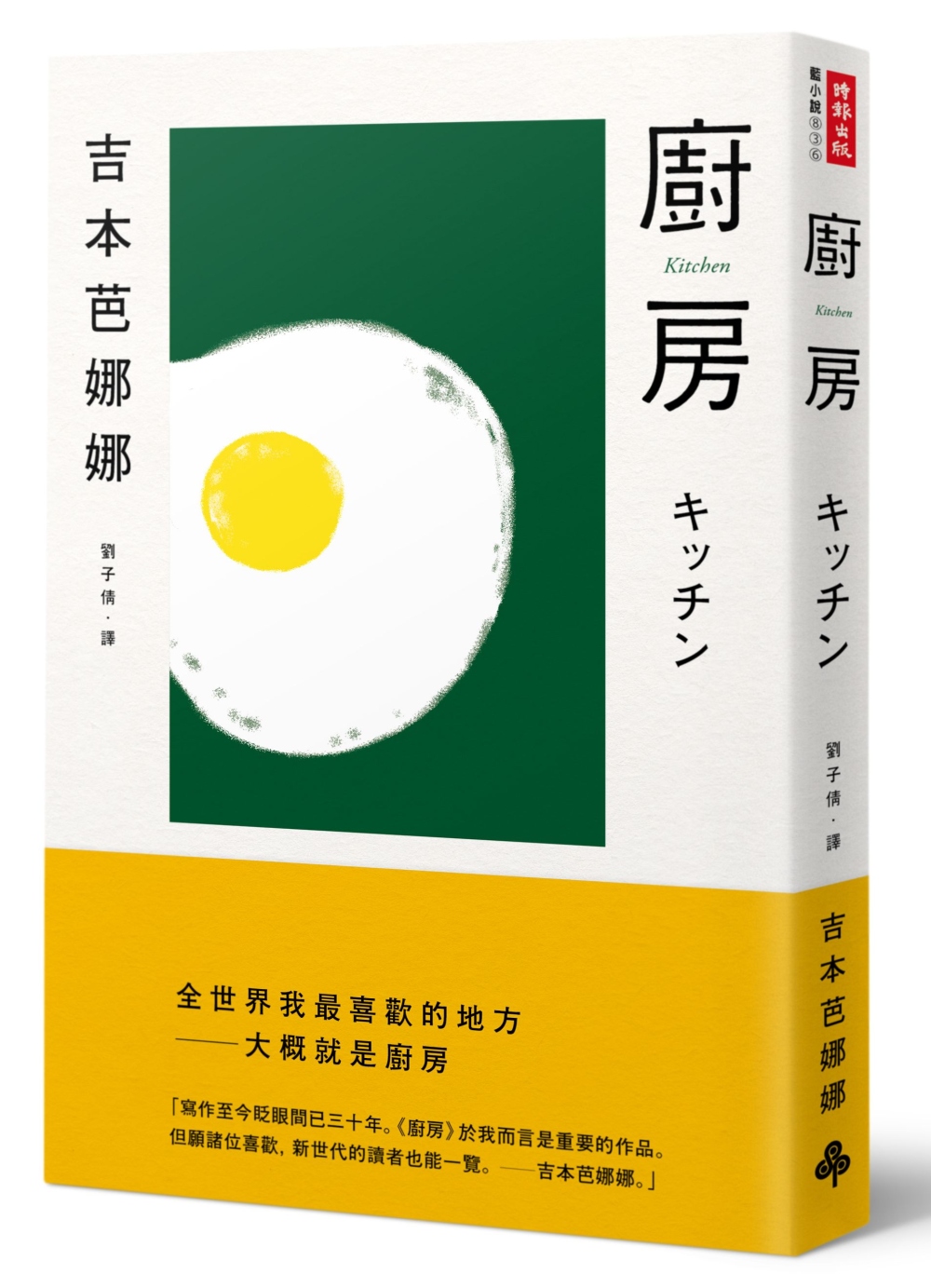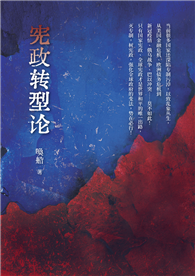This book makes an argument critical to literary theory and sexuality in 2022. It argues that Colette’s fiction portrays a woman struggling to live in the throes of the incest taboo, understood in its psychological implications for power relations both private and public, then and now. Informed by Julia Kristeva’s work, it approaches Colette’s writing and its translation along with two films via close, psychoanalytic readings. It demonstrates that this version of Kristeva’s psychoanalytic theory, in an accessible form and with emphasis on the psychology of women and social transformation, helps to read Colette for the twenty-first century as well as to show how Kristeva’s theory works.
This volume examines the most admired of Colette’s novels, especially from the second half of her life, including the much misunderstood La Maison de Claudine (1922), where the incest taboo surfaces in the relationship of the narrator with the mother. As the book shows, the taboo had already appeared two years earlier in Chéri (1920), in the rapport between the maternal Léa, a woman of a certain age, and the young man, Chéri; finally, in Gigi, the incest taboo characterises the relations between the young teenager of the eponymous title and her much older, uncle figure Gaston. This book also examines two excellent movies, Vincent Minnelli’s adaptation of Gigi in 1958 and Wash Westmoreland’s recent biographical film in 2018, Colette, in the context of the incest taboo. Colette’s writing confronts a problem at the heart of women’s psychology today, shedding light on the parent-child relationship and the ways in which it informs our thinking on female mentality, sexuality and power relations. Chéri, La Maison de Claudine, Gigi, Minnelli’s adaptation and Westmoreland’s biopic reveal the problem as a significant element in a changing female psychology and a society in flux.| FindBook |
有 1 項符合
Colette and the Incest Taboo: That Most Disturbing of Drives的圖書 |
 |
Colette and the Incest Taboo: That Most Disturbing of Drives 作者:Bove 出版社:Anthem Press 出版日期:2025-01-14 語言:英文 規格:精裝 / 180頁 / 普通級/ 初版 |
| 圖書館借閱 |
| 國家圖書館 | 全國圖書書目資訊網 | 國立公共資訊圖書館 | 電子書服務平台 | MetaCat 跨館整合查詢 |
| 臺北市立圖書館 | 新北市立圖書館 | 基隆市公共圖書館 | 桃園市立圖書館 | 新竹縣公共圖書館 |
| 苗栗縣立圖書館 | 臺中市立圖書館 | 彰化縣公共圖書館 | 南投縣文化局 | 雲林縣公共圖書館 |
| 嘉義縣圖書館 | 臺南市立圖書館 | 高雄市立圖書館 | 屏東縣公共圖書館 | 宜蘭縣公共圖書館 |
| 花蓮縣文化局 | 臺東縣文化處 |
|
|
圖書介紹 - 資料來源:博客來 評分:
圖書名稱:Colette and the Incest Taboo: That Most Disturbing of Drives
內容簡介
作者簡介
Carol Mastrangelo Bové is Professor in English and Gender, Sexuality and Women’s Studies at the University of Pittsburgh, USA. She is also Professor Emerita in French, Westminster College, PA, USA. She has published Language and Politics in Kristeva: Literature, Art, Therapy (2006), Kristeva in America: Re-imagining the Exceptional (2020), and many articles on twentieth- and twenty-first-century literature, film, and literary translation.
|

